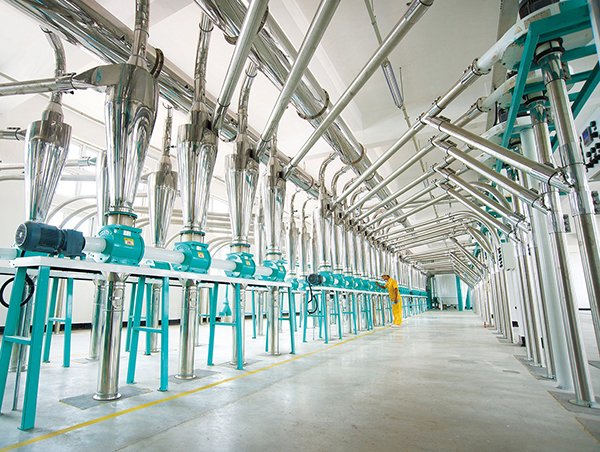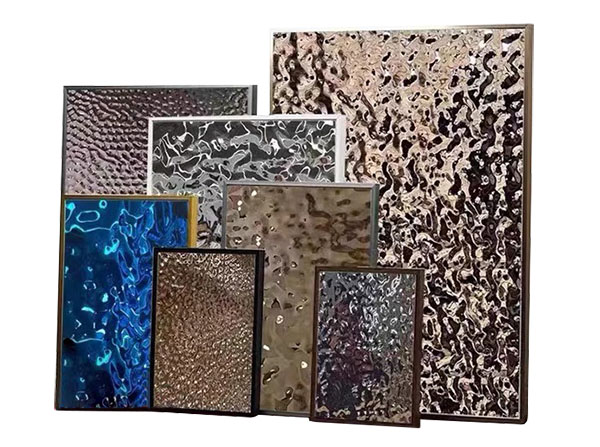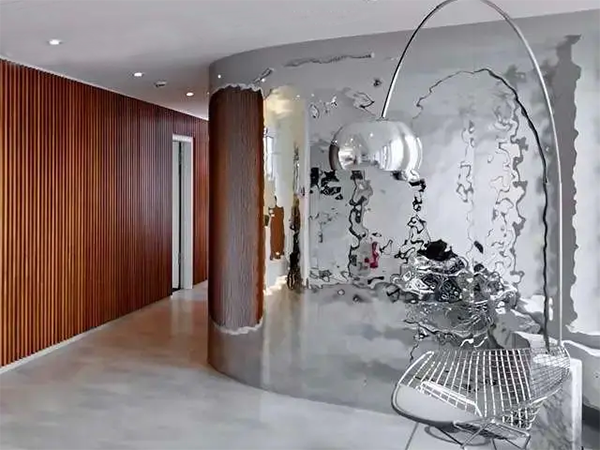
Stainless steel is valued for its durability, strength, and resistance to rust and corrosion, making it an excellent material for outdoor and indoor applications, particularly in settings where exposure to the elements or moisture is a concern.
Applications of Stainless Steel Handrails
l Staircases: Stainless steel handrails are frequently used for both indoor and outdoor staircases in residential, commercial, and industrial buildings. They provide support and safety, enhancing the overall design of the staircase.
l Balconies and Decks: Stainless steel handrails are popular choices for balcony and deck railings, offering a modern and sleek look while ensuring safety and stability in elevated areas.
l Ramps and Walkways: Handrails made of stainless steel are suitable for ramps and walkways, providing guidance and support for individuals with mobility challenges.
l Terraces and Patios: Stainless steel handrails are used in outdoor spaces like terraces and patios, where they can withstand exposure to weather elements.
l Public Spaces: Stainless steel handrails are commonly found in public spaces such as parks, plazas, and pedestrian walkways, offering support and guidance to pedestrians.
l Commercial Buildings: In commercial structures, stainless steel handrails are installed in areas like lobbies, entrances, and corridors to ensure safety and compliance with building codes.
l Residential Homes: Homeowners often choose stainless steel handrails for their durability and modern aesthetics, using them for staircases, balconies, and other areas requiring handrail support.
l Hospitals and Healthcare Facilities: Stainless steel handrails are suitable for healthcare settings, providing support for patients and visitors in corridors and ramps.
l Hotels and Resorts: The sleek and contemporary appearance of stainless steel handrails makes them popular in the hospitality industry, used in areas such as lobbies, staircases, and outdoor spaces.
l Industrial Facilities: In industrial settings, stainless steel handrails are utilized on platforms, catwalks, and other elevated structures to ensure the safety of workers.
l Marine Environments: Due to their corrosion resistance, stainless steel handrails are used on boats, ships, and marine structures.
l Sports Arenas and Stadiums: Stainless steel handrails can be found in sports facilities, providing support for spectators in seating areas and access ramps.
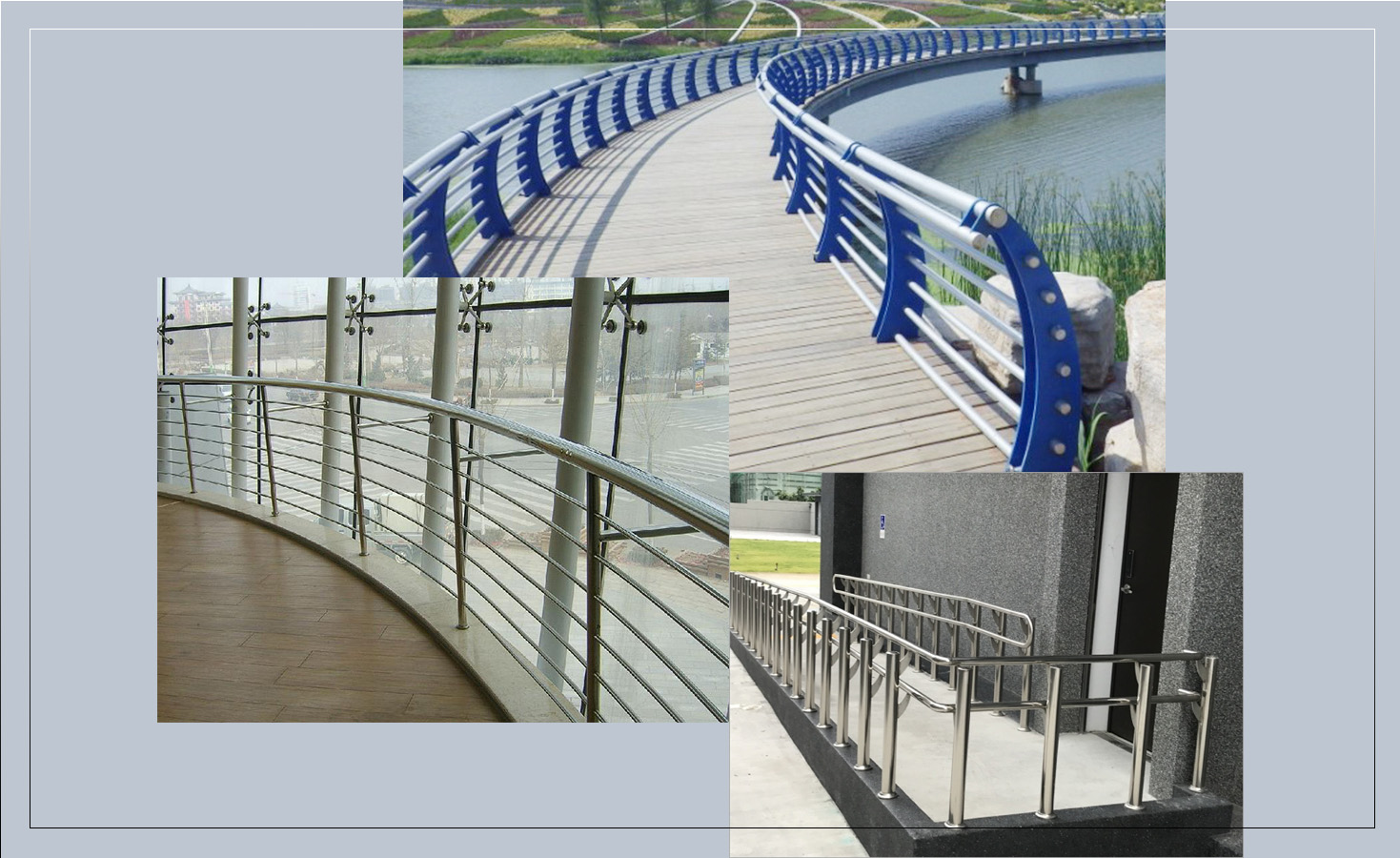
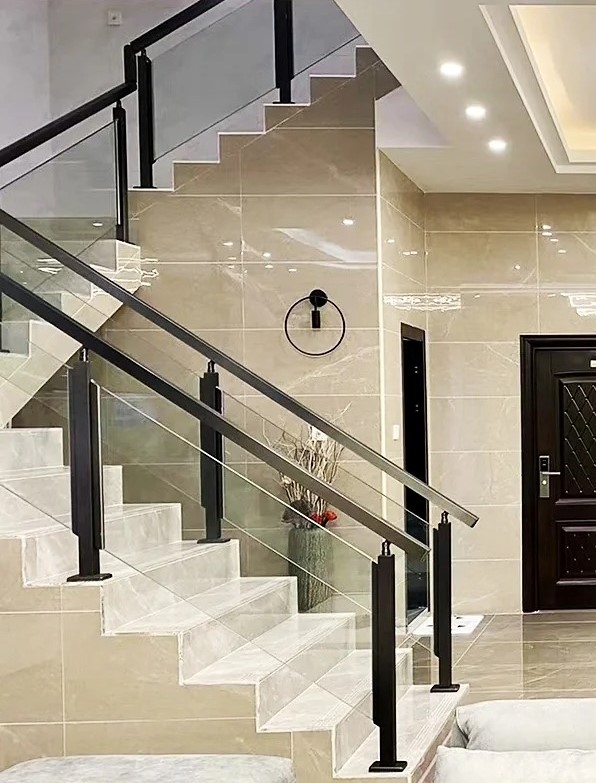
How to Install Stainless Steel Handrails?
Before installing, tools and materials should be prepared accordingly, such as stainless steel handrail components, drill, screwdriver, level, measuring tape, pencil, and safety equipment, etc. Then follow the steps as below:
Measure and Plan: Measure the length where the handrail will be installed and plan the placement of posts and supports. Ensure compliance with local building codes.
Marking the Handrail Position: Use a pencil and a level to mark the positions for the handrail and posts on the installation surface.
Install the Posts: If using posts, drill holes for anchors and secure the posts to the surface using appropriate anchors and screws. Ensure the posts are level.
Install Brackets: Attach brackets to the posts or the wall at the marked positions. Make sure they are level and securely fastened.
Assemble Handrail Sections: Assemble the handrail sections according to the manufacturer's instructions. This may involve attaching handrail segments to posts or brackets.
Attach Handrails to Brackets/Posts: Secure the handrails to the brackets or posts using screws. Ensure a snug fit and that the handrail is level.
Check for Stability: Once the handrail is attached, check its stability by applying pressure. Ensure it is securely fastened and doesn't wobble.
Secure Additional Supports: In longer handrail installations, consider adding additional supports, especially in areas where the handrail may experience higher loads.
Finish and Clean: If necessary, clean the stainless steel handrails with a mild detergent to remove any marks or residues.
Regular Maintenance: Periodically inspect and tighten screws if needed. Check for any signs of wear or damage and address them promptly.
Tips:
Ø Follow the manufacturer's guidelines and recommendations for your specific handrail system.
Ø If installing on concrete, use anchors suitable for concrete surfaces.
Ø Ensure the handrail complies with local building codes and safety regulations.
Ø Use appropriate safety equipment, especially when working at heights or with power tools.
While installing
stainless steel handrails, we need to make careful planning, accurate
measurements, and secure attachment to the structure. Keep in mind that
specific instructions may vary based on the design of the handrail and the
specific conditions of the installation site. It’s advisable to consult with a
professional or follow the manufacturer’s guidelines for your specific handrail
system.

